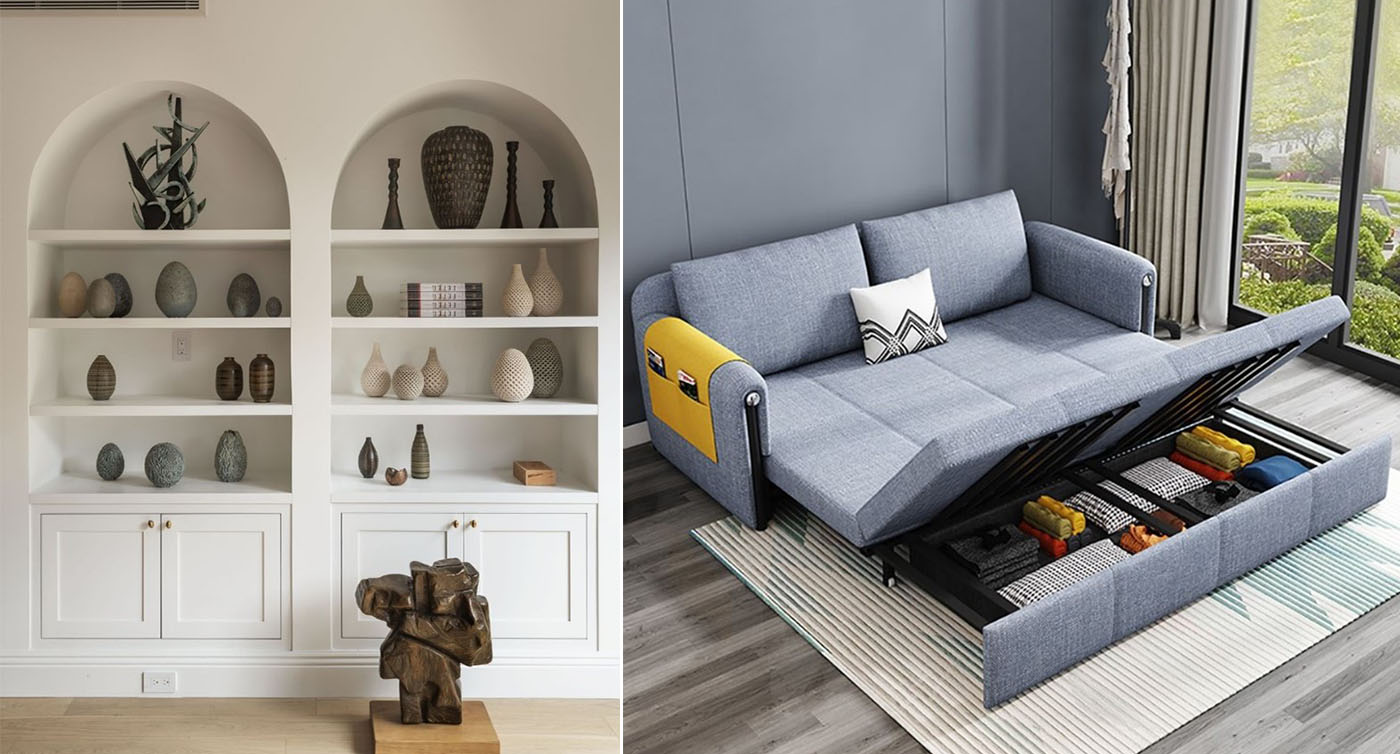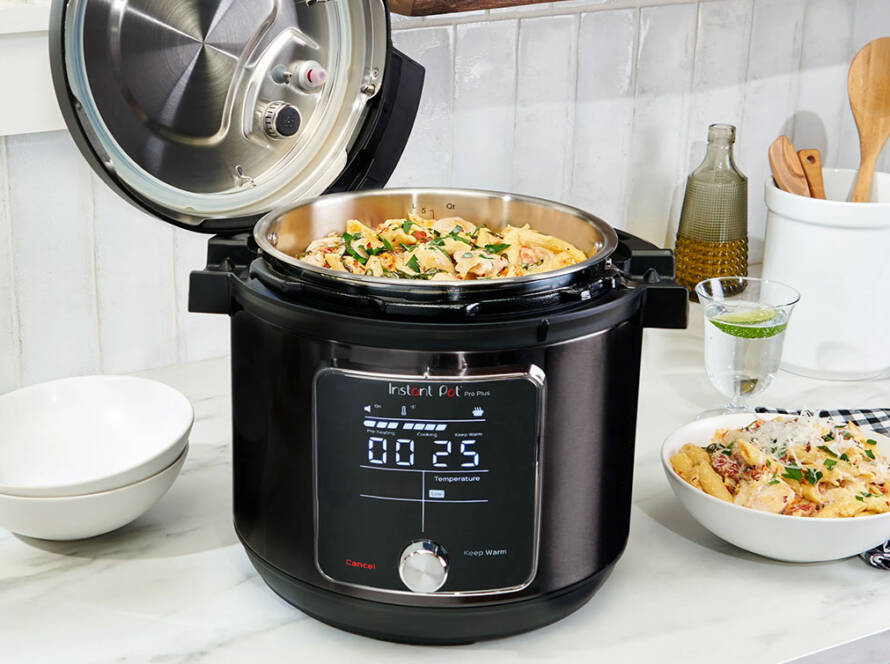
Tiny homes, whether nestled in the heart of Ontario or part of a compact laneway suite in an urban neighborhood, offer a unique blend of charm, simplicity, and intentional living. But when space is limited, the difference between feeling cramped and feeling cozy lies in how efficiently every square inch is used. For those living in small homes, petite homes, or any type of additional dwelling unit, maximizing space is about more than just downsizing—it’s about smart design, clever storage, and choosing multifunctional furniture that transforms how your home works for you.
One of the most effective ways to make the most of space in a tiny house is to think vertically. Floor space is always at a premium in small homes, which makes walls incredibly valuable. Installing floating shelves creates opportunities to store books, display décor, or organize essentials without taking up floor area. In functional spaces like kitchens or work areas, pegboards are an attractive and efficient way to hang tools and supplies. Even the backs of doors can be transformed into useful storage zones with over-the-door organizers that hold anything from cleaning supplies to shoes. Wall-mounted fold-down tables or desks are another smart solution that adds usability without permanently occupying space. These ideas are especially useful in tiny homes Ontario residents are turning to as affordable and flexible housing alternatives.
Built-in storage plays a key role in the functionality of any laneway home or petite home. Custom cabinetry, recessed shelving, and cleverly designed furniture such as window benches with hidden compartments or staircases with drawers can significantly increase usable space. These types of solutions are common in additional dwelling units and tiny homes where making the most of every nook and cranny is essential. In kitchens and bathrooms, built-ins maintain a clean flow while keeping everyday items within easy reach.
Furniture in a tiny home needs to work overtime. Multifunctional furniture is no longer a luxury—it’s a necessity for anyone trying to live large in a small footprint. A sofa that converts into a bed, a coffee table that opens up for storage, or a dining table that folds into the wall can all serve multiple functions without compromising on comfort or style. Murphy beds are a tried-and-true favorite for tiny homes, providing a full-sized sleeping space at night and freeing up the floor during the day. Some desks can double as dining tables, and others are designed to fold away entirely when not in use. This type of versatility is exactly what tiny home builders in Ontario are incorporating into their custom designs to meet the needs of modern minimalist living.
Maintaining a tidy and organized home becomes easier when you embrace a minimalist mindset. Tiny homes demand a thoughtful approach to possessions—regularly reassessing what you own and only keeping what truly adds value to your life is essential. Once you’ve pared down, organization tools like drawer dividers, clear storage containers, and labeled bins help keep everything in its place. Vacuum-sealed storage bags are incredibly helpful for tucking away seasonal clothing or spare bedding in tight quarters. This kind of intentional organization helps tiny homes and laneway suites feel spacious, clean, and peaceful.
Visual design plays a big part in how roomy a space feels, especially in small homes. Mirrors reflect light and create an illusion of depth, making even the smallest rooms appear more open. Light and neutral color palettes enhance this effect, keeping the environment bright and airy. Letting in natural light is equally important. Sheer curtains, large windows, and open floor plans all contribute to the perception of a larger, more breathable living space. These simple yet effective design principles are commonly used in tiny house Ontario projects where homeowners aim to create inviting homes without increasing their square footage.
Flexibility is key in tiny living, and modular or stackable furniture can help homeowners adapt their spaces to changing needs. Stackable chairs, nesting tables, and mobile storage units are especially useful in homes that serve multiple purposes throughout the day. Whether you’re turning a living room into a home office or converting a dining nook into a guest sleeping area, these adaptable pieces allow for seamless transitions. Many tiny home builders now focus on incorporating these types of flexible solutions into the initial design of their homes, especially in laneway homes and tiny homes across Ontario.
Maximizing space in a tiny home isn’t about giving things up—it’s about making intentional, creative choices that support your lifestyle. With smart storage, multifunctional furniture, and an organized, minimalist approach, it’s possible to live comfortably and stylishly in even the smallest of homes. Whether you’re exploring tiny homes in Ontario, looking into laneway house options, or working with tiny home builders to create a fully customized space, small-space living offers the chance to design a home that works hard for you without ever feeling limited.



